INDIAN ARMED FORCES CHIEFS ON OUR RELENTLESS AND FOCUSED PUBLISHING EFFORTS

The insightful articles, inspiring narrations and analytical perspectives presented by the Editorial Team, establish an alluring connect with the reader. My compliments and best wishes to SP Guide Publications.

"Over the past 60 years, the growth of SP Guide Publications has mirrored the rising stature of Indian Navy. Its well-researched and informative magazines on Defence and Aerospace sector have served to shape an educated opinion of our military personnel, policy makers and the public alike. I wish SP's Publication team continued success, fair winds and following seas in all future endeavour!"

Since, its inception in 1964, SP Guide Publications has consistently demonstrated commitment to high-quality journalism in the aerospace and defence sectors, earning a well-deserved reputation as Asia's largest media house in this domain. I wish SP Guide Publications continued success in its pursuit of excellence.
- Prime Minister Modi Visits Punjab’s Adampur Air Base, Interacts with Airmen after Successful ‘Operation Sindoor’; Stern Message to Pakistan
- The layered Air Defence systems that worked superbly, the key element of Operation Sindoor
- Operation Sindoor | Day 2 DGMOs Briefing
- Operation Sindoor: Resolute yet Restrained
- India's Operation Sindoor Sends a Clear Message to Terror and the World – ‘ZERO TOLERANCE’
- Japan and India set forth a defence cooperation consultancy framework, talks on tank and jet engines
More Teeth for Army, Navy, Air Force
The Chinese aggression during 2020 in Eastern Ladakh has caused the government to sit up and focus on defence, as well as 'Atmanirbhar' or the self-reliance initiative
 |
The Author is Former Director General of Information Systems and A Special Forces Veteran, Indian Army |
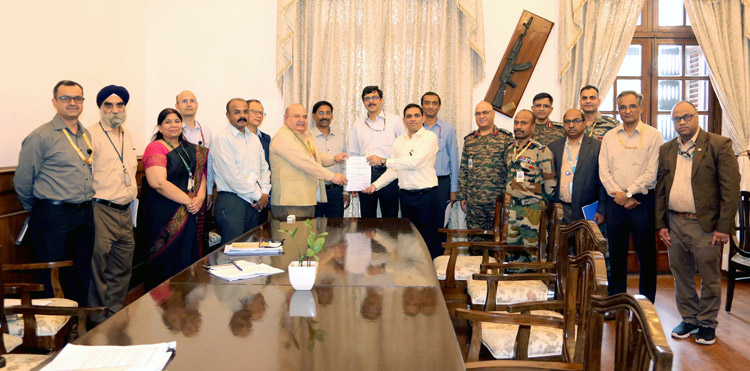
On March 16, 2023, the Defence Acquisition Council (DAC), headed by Defence Minister Rajnath Singh, cleared capital acquisition of military hardware amounting to 70,584 crore. With this, the total approval granted for capital acquisition in the financial year 2022-23 stands at 2.7 lakh crore, of which 98.9 per cent will be sourced from Indian industries. With reference to the approval of capital acquisition on March 15, a statement issued by the Ministry of Defence said, "The DAC accorded Acceptance of Necessity (AoN) for capital acquisition amounting to 70,584 crore and all the procurement will be made under the Buy (Indian-Indigenously Designed, Developed and Manufactured) category."
MoD should make "exhaustive efforts" to set up proper coordination between the Armed Forces, Defence PSUs and all the other stakeholders to escalate production under the 'Make in India' categories
The MoD statement further said, "While this additional procurement of BrahMos missile system will enhance the maritime strike capabilities & Anti-Surface Warfare Operation, the addition of Utility Helicopters will multiply the operational readiness of the Indian Navy in the domain of Search & Rescue operations, Casualty Evacuation, Humanitarian Assistance Disaster Relief (HADR). Similarly, Shakti EW systems will equip and modernise the frontline Naval ships to counter any Naval Operations by the adversaries."
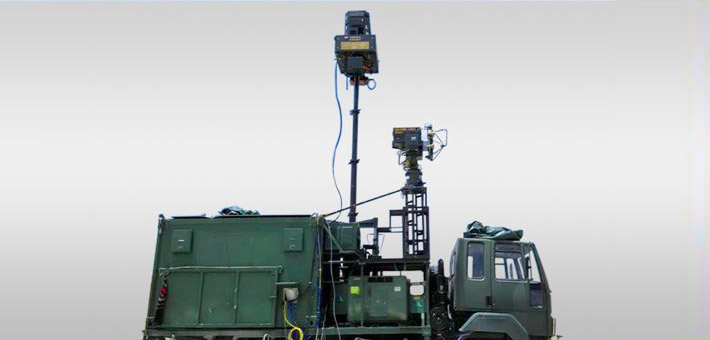
The DAC also approved Indian Air Force's proposal for long range stand-off weapon, which will be indigenously designed, developed and integrated on Su-30 MKI aircraft. For the Indian Army, the apex procurement body approved procurement of 155mm/52 caliber Advanced Towed Artillery Gun System along with high mobility vehicles and gun towing vehicles. The approvals also included helicopters for the Indian Coast Guard, with the MoD statement reading, "It also accorded AoN for procurement of Advance Light Helicopters MK-III from Hindustan Aeronautics Limited for the Indian Coast Guard. The helicopter will be able to carry a suite of surveillance sensors which will enhance the surveillance capabilities. It will also give full night capability and Instrument Flight Rules capability for operations of the Indian Coast Guard."
Recent report from the Parliamentary Standing Committee on Defence said that the MoD has no clear strategy in place about utilising the funds reserved for indigenisation
The Chinese aggression during 2020 in Eastern Ladakh has caused the government to sit up and focus on defence, as well as 'Atmanirbhar' or the self-reliance initiative. But although every approval and contract is portrayed as a "mega" step, we have a very long way to go. AoN's anyway is the initial step to a long-winded procedure for ultimately equipping the forces with red tape all along.
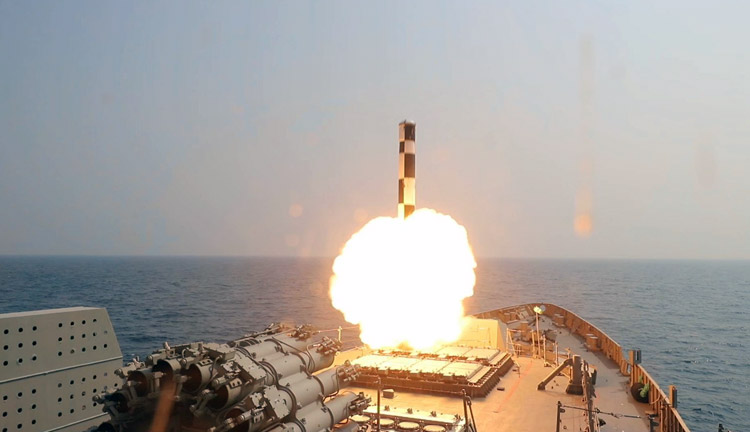
The latest report by Stockholm International Peace Research Institute (SIPRI) states that despite an 11 per cent drop in its arms import between 2013-17 and 2018-22, India remained the world's largest arms importer from 2018 to 2022 followed by Saudi Arabia. But more important is the recent report from the Parliamentary Standing Committee on Defence which has said that the MoD has no clear strategy in place about utilising the funds reserved for indigenisation. The report notes that Defence PSUs and the erstwhile Ordnance Factories were still importing defence equipment worth 68,871 crore. The Committee recommended that the MoD should make "exhaustive efforts" to set up proper coordination between the Armed Forces, Defence PSUs and all the other stakeholders to escalate production under the 'Make in India' categories.
The Himshakti EW system is designed and developed for operations in mountainous terrain, with a specific focus on countering the Chinese military threats
On March 28, 2023, the MoD signed a contract with Bharat Electronics Limited (BEL) for the procurement of two Himshakti Integrated Electronic Warfare (EW) Systems. The contract worth 3,000 crore is to be completed in a two years timeframe. The system is equipped with a low-power ECM chain and Electro-Optical (EO) Sensor subsystem, enabling it to detect and disrupt enemy communications.
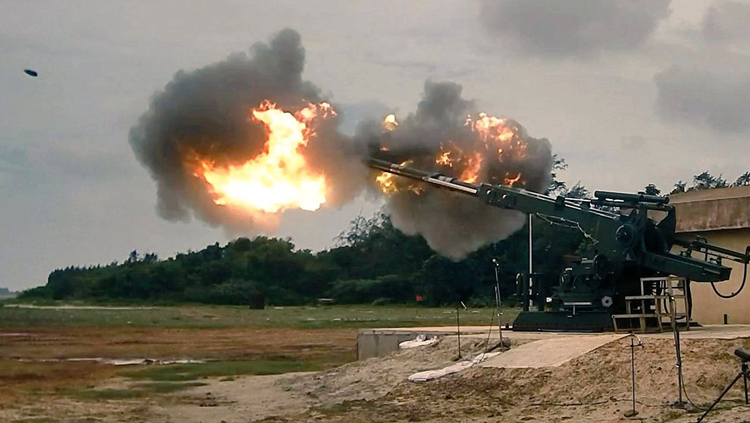
The Himshakti EW system is designed and developed by the Defence Research and Development Organisation (DRDO) in collaboration with its manufacturing partner BEL for operations in mountainous terrain, with a specific focus on countering the Chinese military threats. It comes in two different versions. For the Indian Army, it is designed as a Close-In EW System - CIEWS system, whereas for the IAF it is known as the Ground-Based Mobile ELINT System (GBMES), whose first units were delivered to the IAF on March 18, 2018.
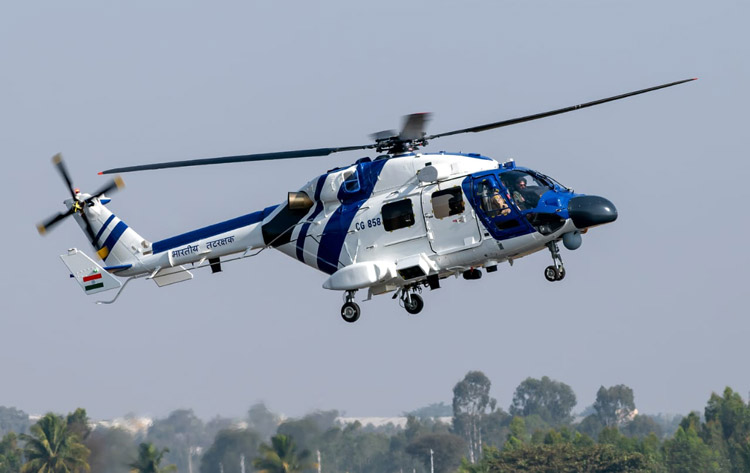
The GBMES comprises one Control Station (CS) and three Receiving Stations (RS) integrated in master/slave concept to search, detect, monitor, record and process the hostile emissions as well as to find out the location of the emitter, thereby fulfilling the strategic EW requirements of the IAF. One of the three RS has also been configured to operate in master/slave configuration (with minimal degradation) in the absence of a control station. Each RS contains three ELINT Receiver Segments in the 70 MHz–40 GHz frequency range. In addition, one Communications Intelligence (COMINT) Receiver Segment, operating in the 30-1000 MHz frequency range, intercepts and monitors the COMINT signals.





